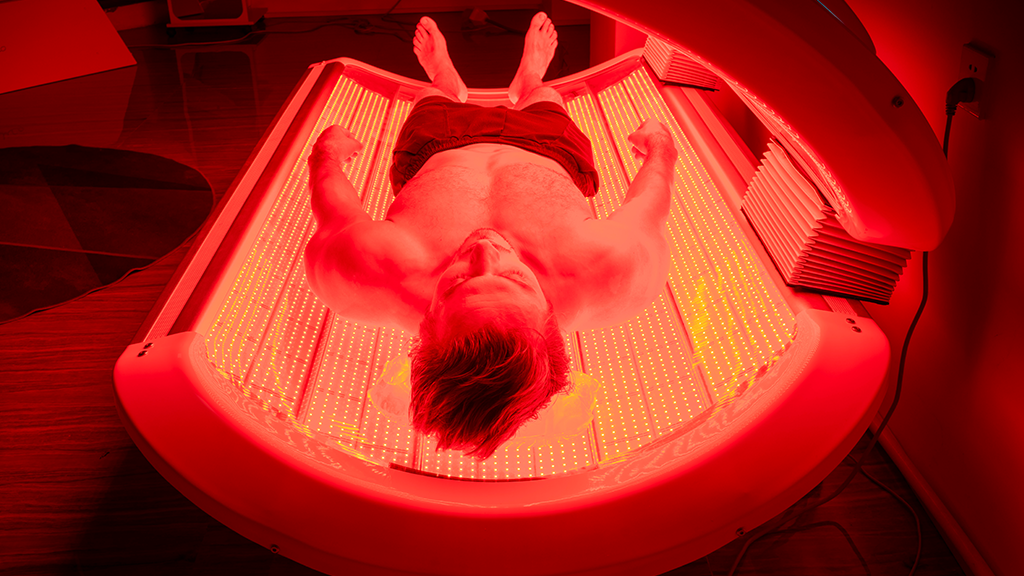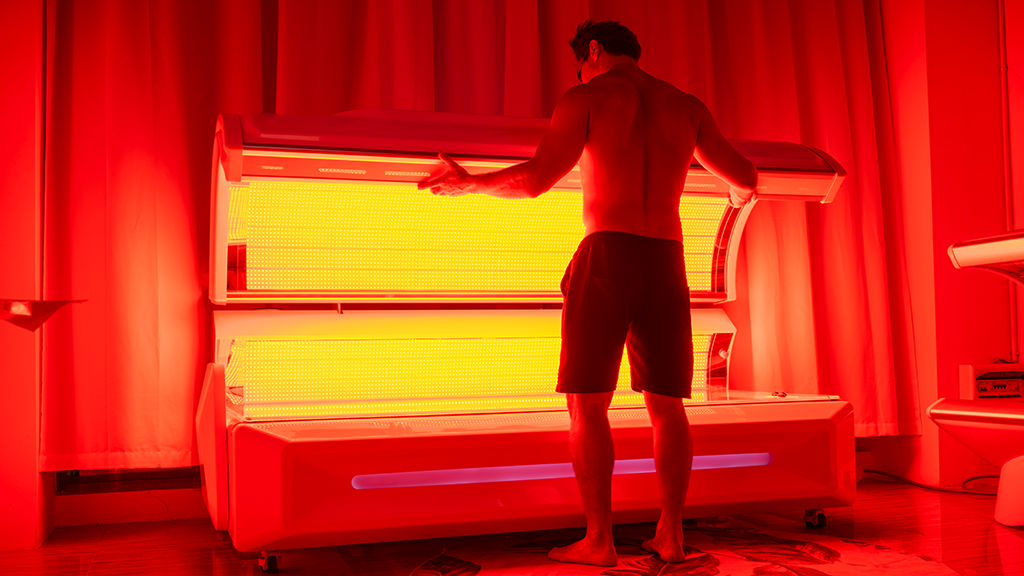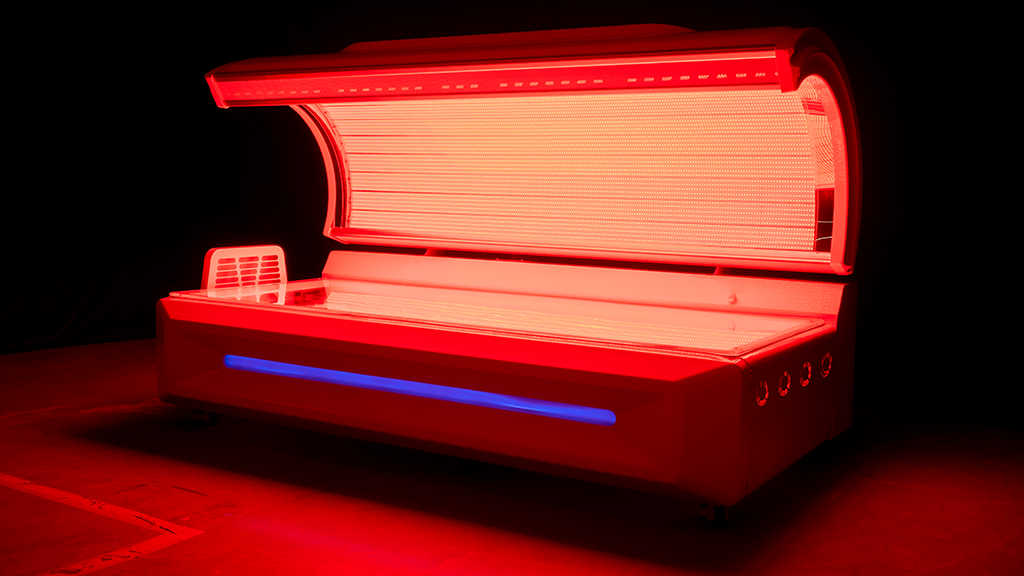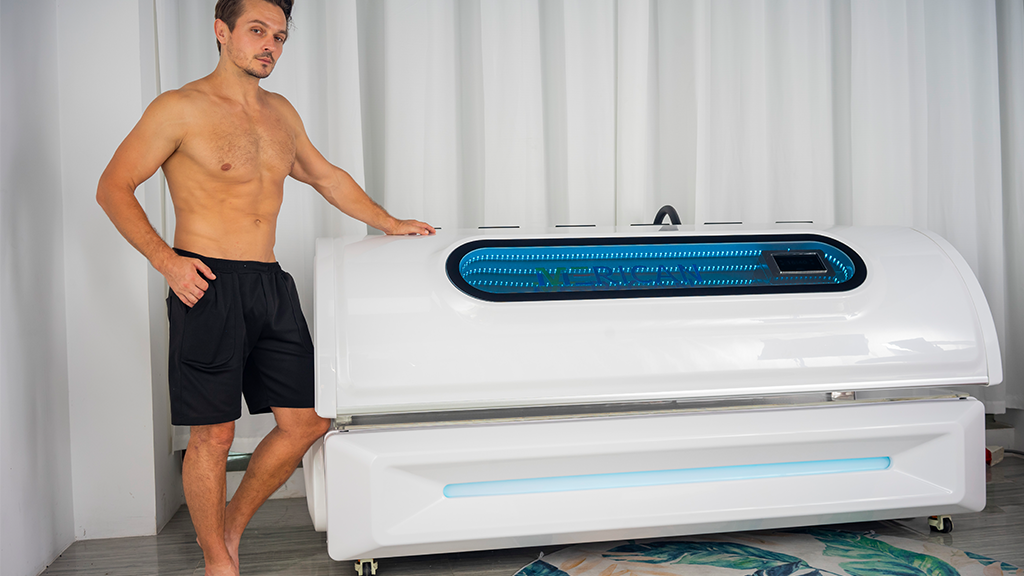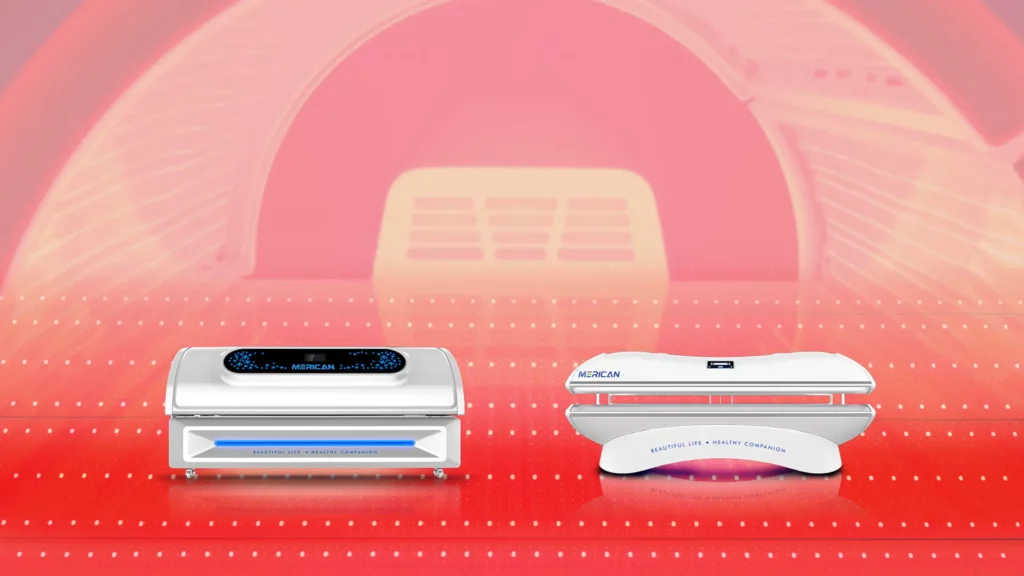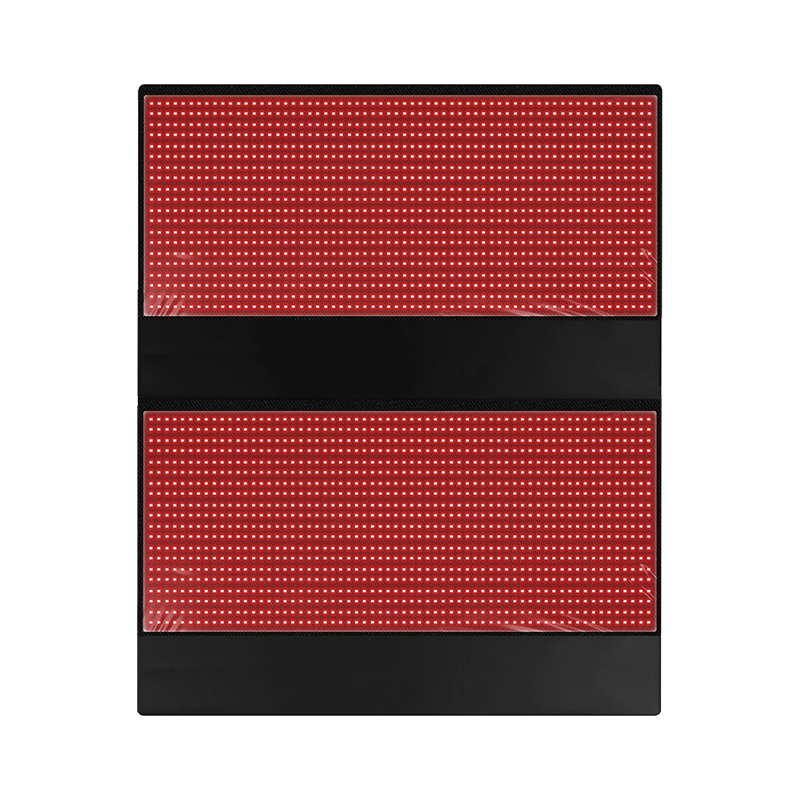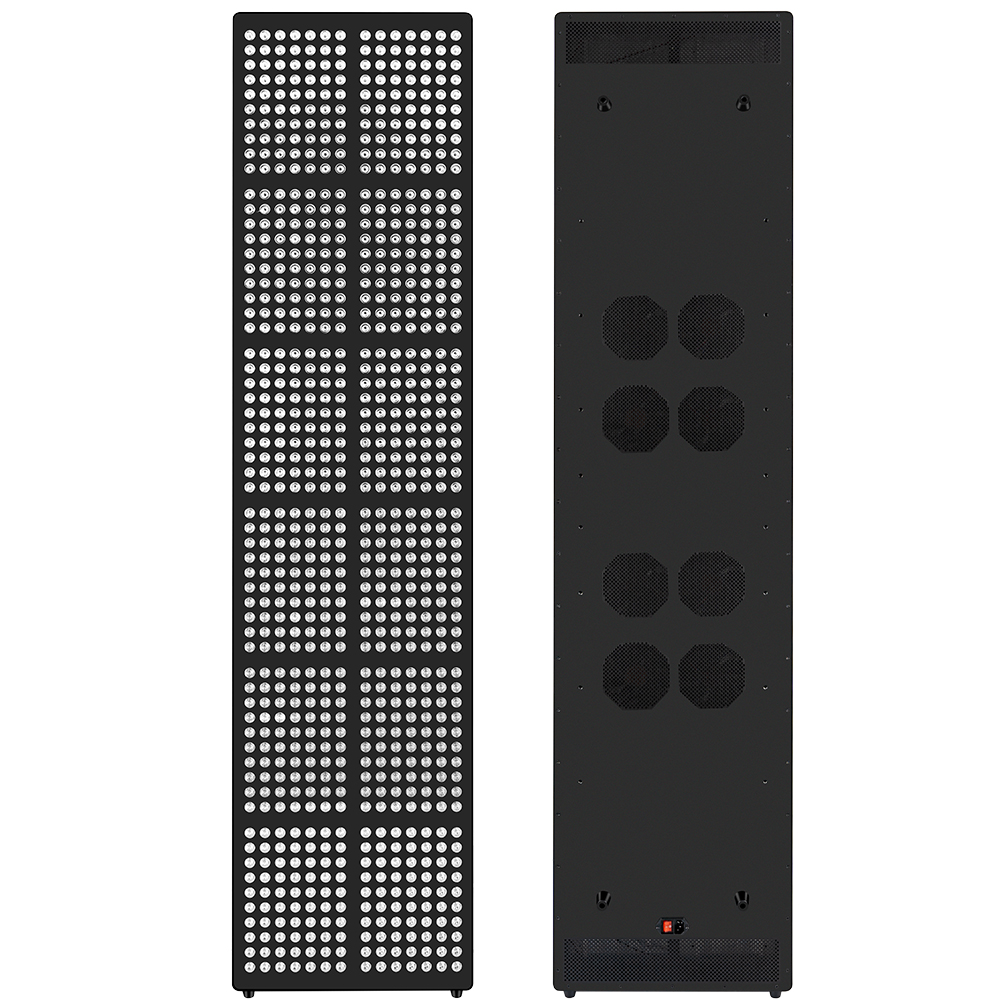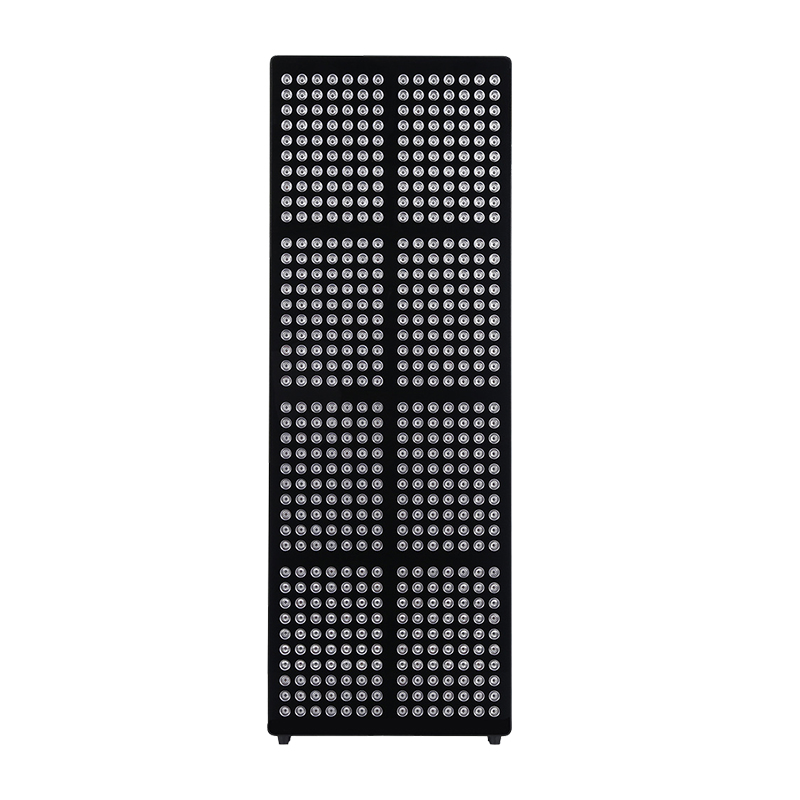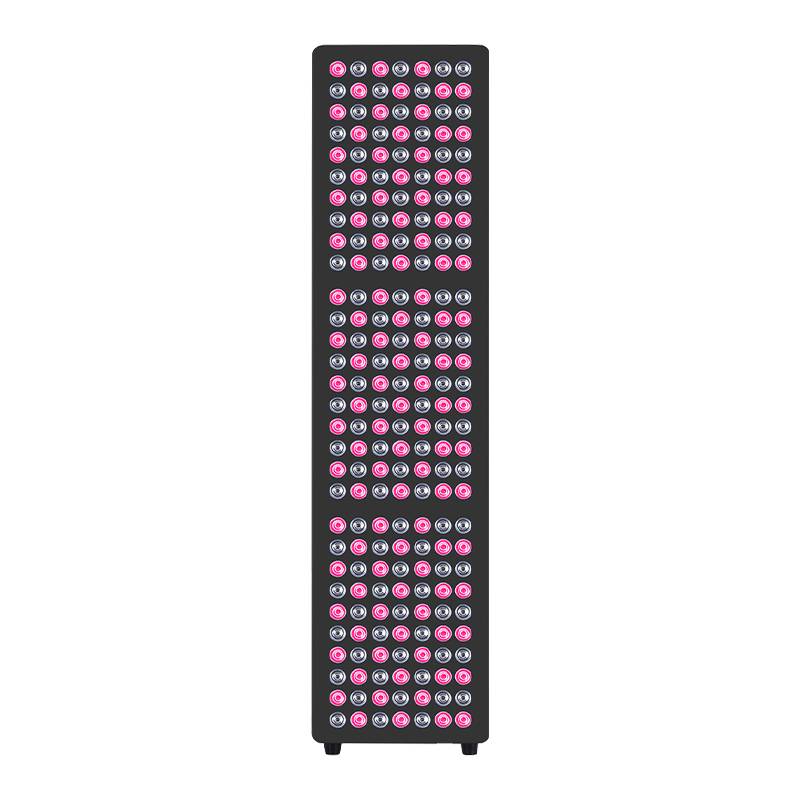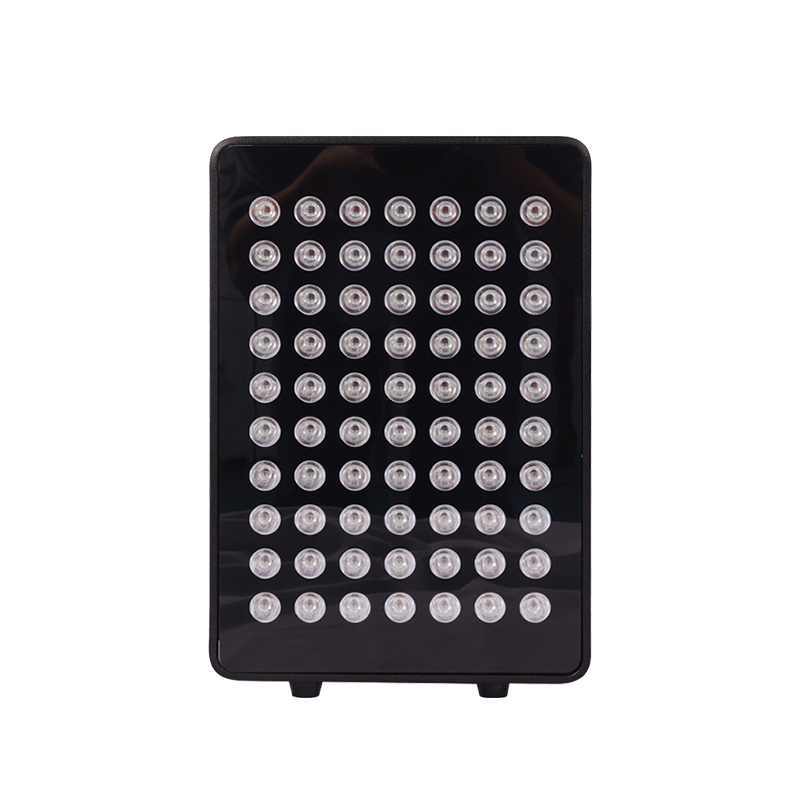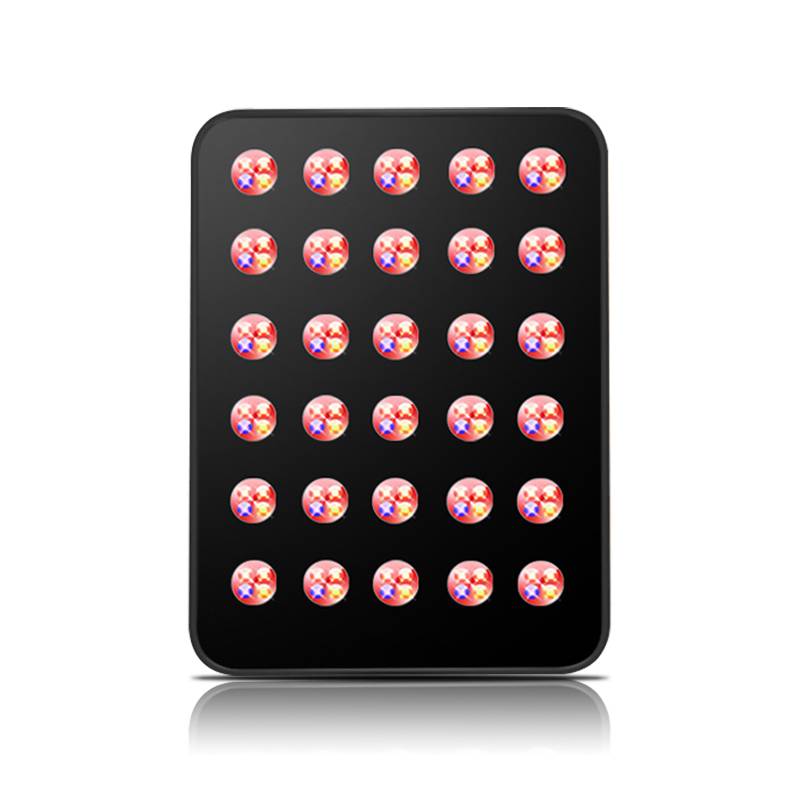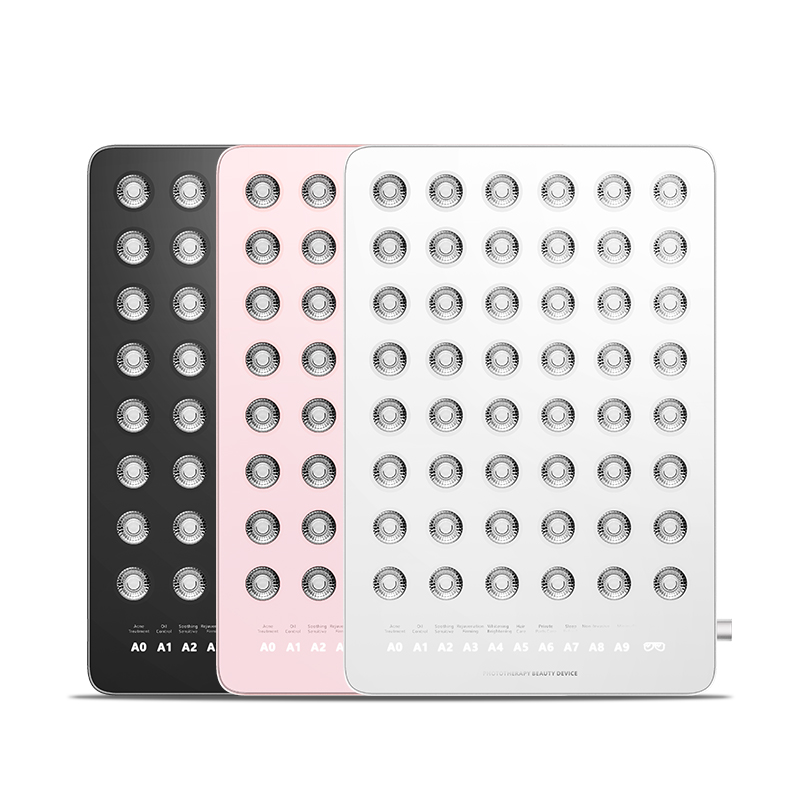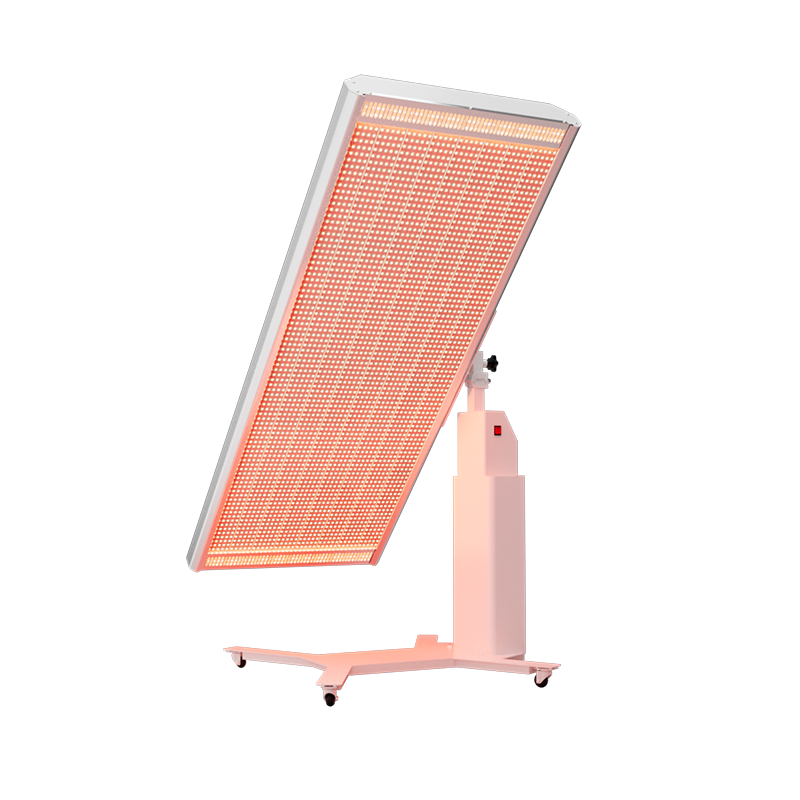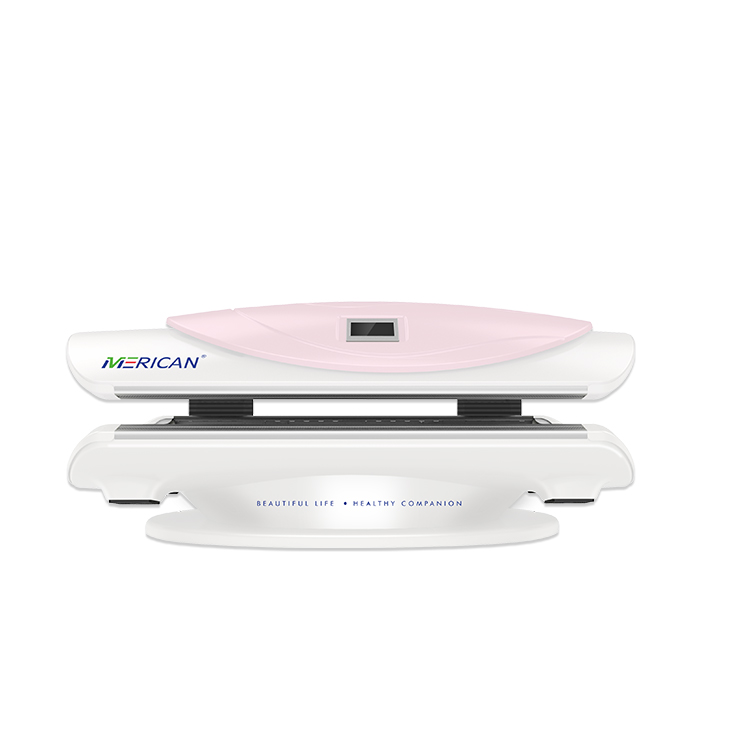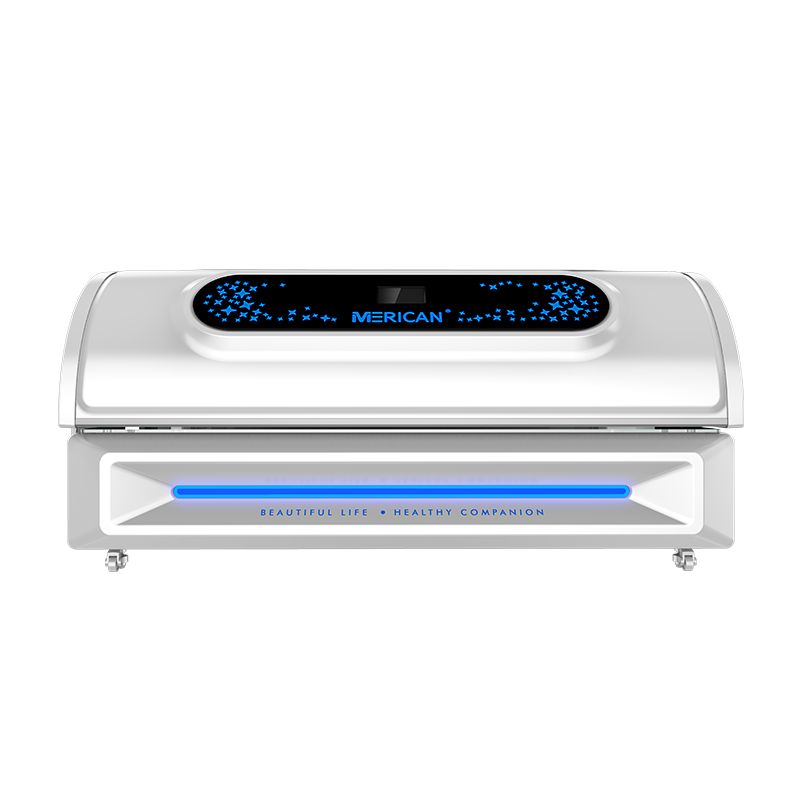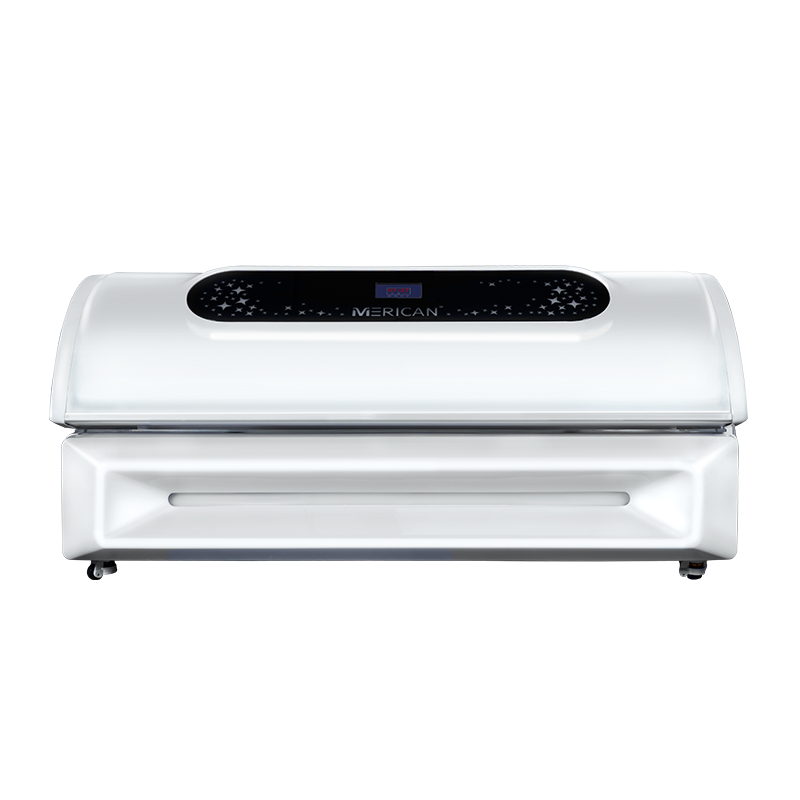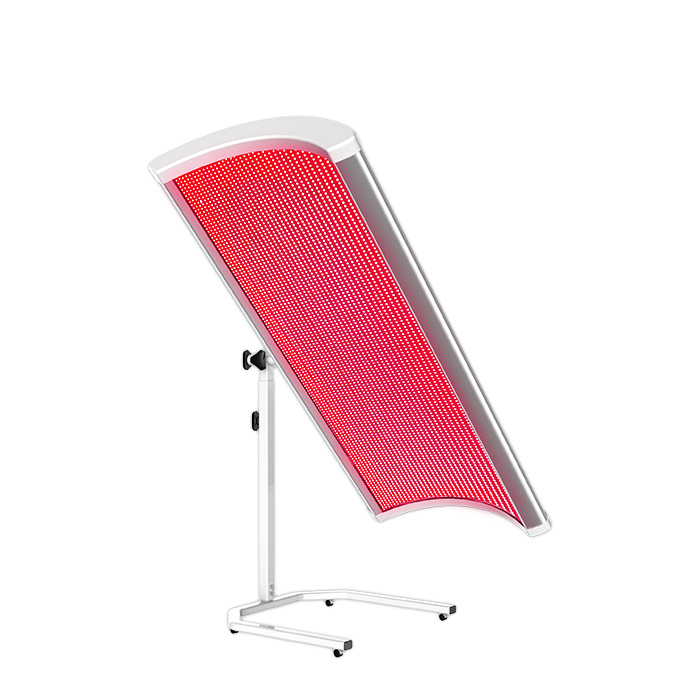Terapia con luz, también conocida como fototerapia, Ha ganado popularidad en los últimos años por su potencial para aliviar una variedad de condiciones., incluyendo dolor y depresión. El uso de diferentes colores de luz en terapia se basa en la idea de que diferentes longitudes de onda de luz pueden tener efectos terapéuticos específicos en el cuerpo y la mente.. Here’s a brief overview of the effects of three common colors of light used in light therapy:
- Terapia de luz roja: Luz roja, which has a longer wavelength, is known for its ability to penetrate deeper into the skin and tissue. It is often used to treat a range of conditions, including chronic pain, dolor muscular, and skin issues such as acne and wrinkles. Red light therapy is thought to stimulate the production of collagen and other proteins in the skin, which can help to improve skin texture and reduce the appearance of fine lines and wrinkles. Además, red light has been shown to increase blood flow to the affected area, which can help to reduce inflammation and pain.
Cama de terapia de luz LED M5N: Adopting a horizontal full cabin design, Uso de un diseño ergonómico para simular la sensación de acostarse en la cama, permitiendo a los clientes disfrutar de los servicios de salud y belleza en un espacio relajante y cómodo.
Características clave:
Fuente de luz: CONDUJO
Color claro: Rojo + Infrarrojo
Longitud de onda: 633NM/660NM/850NM/940NM
CANTIDAD DE LED: 14400LED
Fuerza: 1760W.
Voltaje: 110V – 380V
2. Terapia de luz azul: Luz azul, which has a shorter wavelength, is commonly used to treat skin conditions such as acne and rosacea. Blue light can penetrate the skin and target the bacteria that cause acne, killing them and reducing inflammation. It can also be used to treat skin conditions caused by inflammation, such as rosacea. Sin embargo, it’s important to note that exposure to blue light, especially from screens, has been linked to digital eye strain and disrupted sleep patterns, so it’s important to use blue light therapy under the guidance of a healthcare professional.
3. Green Light Therapy: Green light therapy is less commonly used than red and blue light therapy, but it has been shown to have some potential benefits. Greenlight is thought to have a calming effect on the nervous system, which can help to reduce stress and anxiety. It has also been studied for its potential to improve sleep quality and reduce fatigue. Además, green light therapy has been shown to stimulate the production of melatonin, a hormone that regulates sleep and wakefulness, which can be beneficial for people with sleep disorders.
It’s important to keep in mind that light therapy is not a one-size-fits-all solution, and the best type of light for you will depend on your specific condition and needs. Before starting any light therapy treatment, it’s important to consult with a healthcare professional to determine the most appropriate type of light and treatment plan for you.

